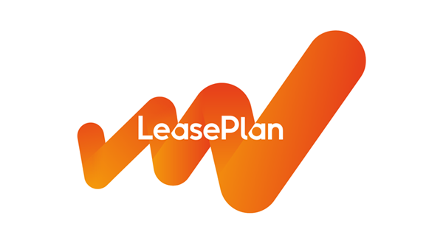Today we’re excited to announce the release of StandbyMP 12.2, delivering improved performance and.
This article is a summary of Buda Consulting's full article that can be found on the Buda Consulting Blog. Buda Consulting is a Dbvisit Gold Partner that provides database design, application development and database administration.


Database Disaster Recovery Pricing
How Much Does Database Disaster Recovery Cost? “It Depends” – a sometimes frustrating response that we hear frequently when we ask a question. To some, it feels like a dodge.
But when I hear someone respond “It Depends”, I tend to think that they are seriously considering the question.
I hope that the answer will be a thoughtful, considered response. In fact, few questions really deserve an automatic response.
Database Disaster Recovery vs High Availability
Disaster Recovery is sometimes considered distinct from High Availability. For the purposes of this article, I think of them as two parts of the same whole. And when designing a solution both types of tools may be implemented.
I think of Disaster Recovery in terms of things like backup and recovery tools and passive standby databases. The idea is to have a straightforward way of recovering and resuming operations if the primary server fails. And I think of High Availability in terms of things like clustering, geographically distributed availability groups, and active-standby databases.
"When it comes to keeping databases available as needed both high availability and disaster recovery tools need to be considered".
Factors to consider when thinking about Disaster Recovery - The Cost of Downtime
There are many factors to consider when thinking about Disaster Recovery. Perhaps the most important, and I think the first that should be asked, is "What is the cost of downtime?" Determining the cost of downtime to our own organisations requires asking what would happen if we were down for 1 minute, 1 hour, 1 day, or other appropriate intervals. We must consider all departments and stakeholders. For example, in a manufacturing operation (this list of considerations is not exhaustive):
-
How many orders are typically placed in one minute, hour, or day? What is the dollar value of those orders? What percentage will likely be lost forever vs delayed?
-
How many items are received during those intervals, what is the downstream impact on production if items cannot be received into the system?
-
How many items are produced during those intervals, and what is the downstream financial impact if they are not produced and shipped?
-
How many orders are labelled during those intervals, and how many shipped? What is the downstream impact of delays on labelling or shipping?
-
What are the upstream production impacts of not being able to produce, label, ship, or record order information (inventory space, etc)
-
What is the liability cost of not getting products or services to vendors or end customers within contractual guidelines?
What is Acceptable DR? (A Disaster Recovery Plan)
Once we know the cost of downtime, we can determine what level of disaster recovery is required in order to prevent unacceptable costs to the organisation, which, of course, is the main reason to have a disaster recovery plan in the first place. At the end of the day, the question is how much data loss or downtime is acceptable.
Of course, we would always like to say zero. Zero downtime, zero data loss, no matter what. However, implementing true zero loss Disaster Recovery may be cost-prohibitive for your organisation. And moving from a zero-loss posture to a very small-loss posture can reduce implementation costs significantly. So it makes sense to determine what the costs are and therefore what is acceptable to the organisation.
Once we know the cost for an interval of downtime, we can do a cost/benefit analysis regarding the cost of implementing DR.
Factors Driving the Cost of Implementation - Disaster Recovery Pricing
The implementation cost of Database Disaster Recovery varies mainly depending on two key factors:
-
The amount of data loss that is acceptable (known as recovery point objective or RPO)
-
The amount of downtime that is acceptable (known as recovery time objective or RTO)
For both of these factors, the lower the acceptable loss, the higher the cost, with the cost and complexity of driving down downtime generally greater than that of driving down the amount of data loss.
Implementing a Disaster Recovery scenario with zero possibility of data loss and zero downtime can be very expensive. This approach essentially requires full live redundancy across multiple geographic regions and the complexity that goes along with ensuring a seamless automatic transition of all applications from one environment to another and real-time synchronisation between them.
For many organisations, this full redundancy approach will be cost-prohibitive. And for most organisations, the cost of a small amount of downtime and a small possibility of a very small amount of data loss is acceptable and will not cause significant damage to the operation (or to profit). This compromise can mean the difference between being able to afford a Disaster Recovery Solution and not being able to do so. Having any Disaster Recovery Solution, even one without all zeroes is much better than having none.
The Bottom Line
When someone asks me how much it will cost to implement a Disaster Recovery Solution, I always say “It Depends”. And then I ask a lot of questions. Contact Buda Consulting for a consultation.

Subscribe to our monthly blog updates
By subscribing, you are agreeing to have your personal information managed in accordance with the terms of DBVisit's Privacy Policy










